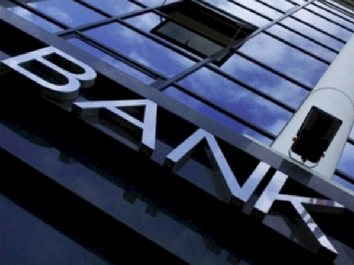An Australian regulatory push to boost banks’ capital buffers, which is expected to unleash about A$83 billion ($60 billion) of new junior debt to market, risks causing a spike in borrowing costs and has prompted industry calls for softer requirements, Trend reports referring to Reuters.
The proposals, put forward by the Australian Prudential Regulation Authority (APRA) call on the country’s Big Four banks to raise the capital over the next four years as part of efforts to insulate taxpayers from the costs of a bank collapse.
But bankers are worried about the limited “Tier 2” format APRA plans to allow, fearing that the wave of supply - far above the $35 billion, according to Refinitiv, in Tier 2 debt sold globally this year - will push their borrowing costs higher and hurt profits.
“You will see higher borrowing costs which means that it will impact (banks’) net interest margin a little bit,” said John Guarnera, senior corporate analyst at BlueBay Asset Management in New York, who said that he thought the market could eventually cope with the extra bonds.
“It’s just the fact that it has to come at a wider spread (a higher cost) to account for the fact that there’s new supply in the market,” he added.
Tier 2 bonds are a form of subordinated debt, ranking ahead of equity but below senior bonds, and Tier 2 bondholders can be forced to take losses or see their bonds converted into equity in the event of a crisis.
Add in the Big Four’s need to refinance existing Tier 2 bonds coming due, and Australia’s banks will need to raise about A$100 billion ($72 billion) in subordinated debt by 2023, according to credit analysts.
The new requirements come at a sensitive time for the Big Four banks, who are under a public cloud following the misconduct exposed by Australia’s Royal Commission investigation into the financial sector.
Privately however they have asked APRA to reconsider its tough stance by either allowing banks to use more than one form of debt, or extending the deadline to raise the capital.
“We are pushing hard on this because this means paying a big fat premium for a security that realistically will never be triggered, purely on market dynamics,” said an Australian bank treasury executive, who asked not to be identified because of sensitive ongoing talks with the regulator.
“To me, this represents a wealth transfer from the Australian economy into offshore investors.”
Regulators elsewhere have begun allowing banks to raise capital through so-called senior Tier 3 bonds. These are cheaper than Tier 2 because, while governments are allowed to force losses in a crisis, any hit should come after that suffered by Tier 2 bondholders.
But APRA said in its November proposals - responses are due in February - that it preferred the “greater certainty” of Tier 2 bonds over the untested complexities of new Tier 3 formats.
The regulator’s firm stance, however, caught bond markets by surprise last month, raising the yields for Tier 2 borrowing costs by 50 basis points, according to research from Bank of America Merrill Lynch.
The reaction may have caught the regulator by surprise too: its November paper predicted no “immediate or material effect” on the market and it estimated that long-term, borrowing costs would rise just 5 basis points.
“If they (the banks) needed to go down that path, it’s going to be a challenge from what we can see,” said Rod Everitt, head of Deutsche Bank’s bond syndicate in Australia and New Zealand.
“They’ll have to issue a lot more expensive debt, and certainly more expensive than for many of the other banks around the world.”






